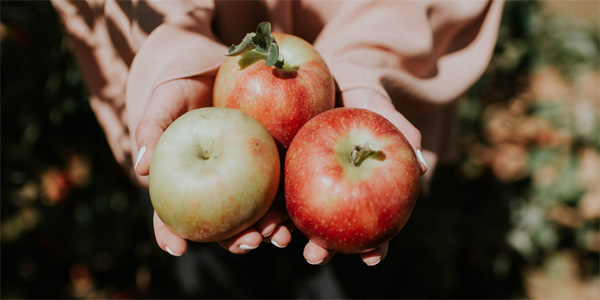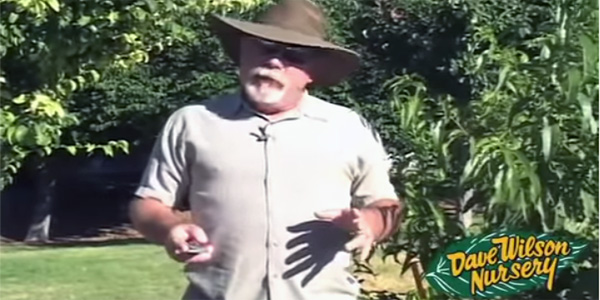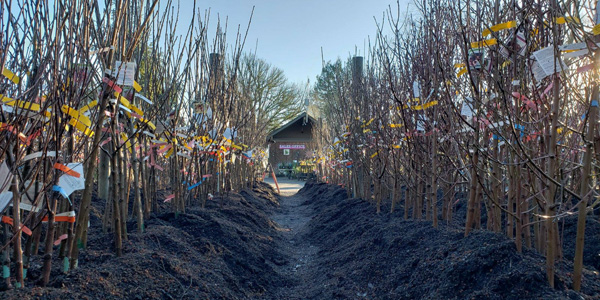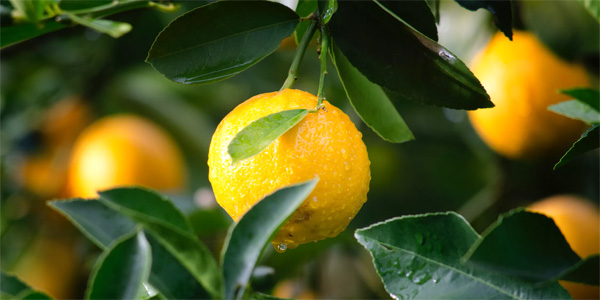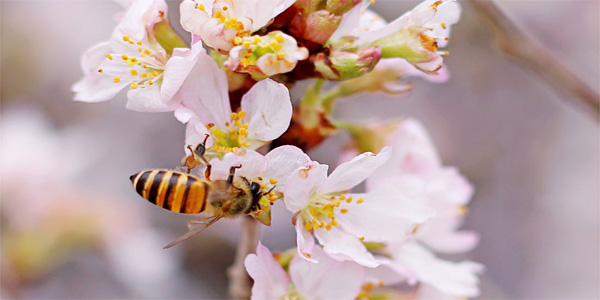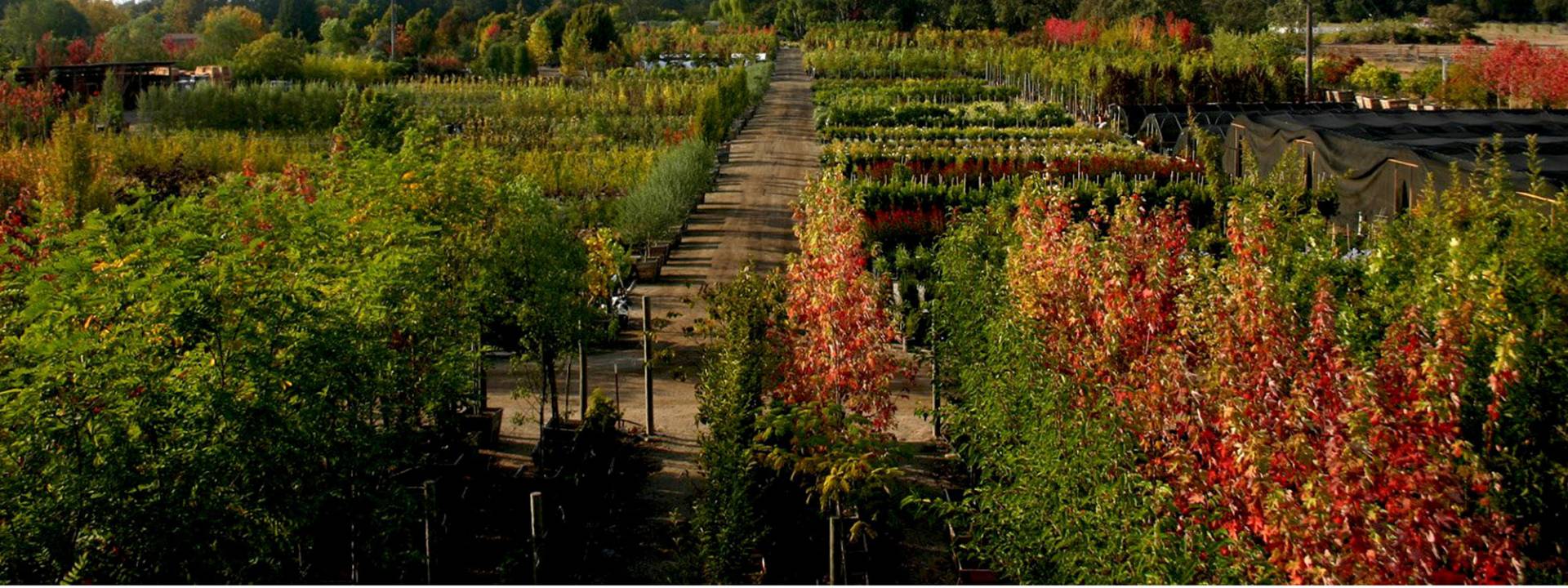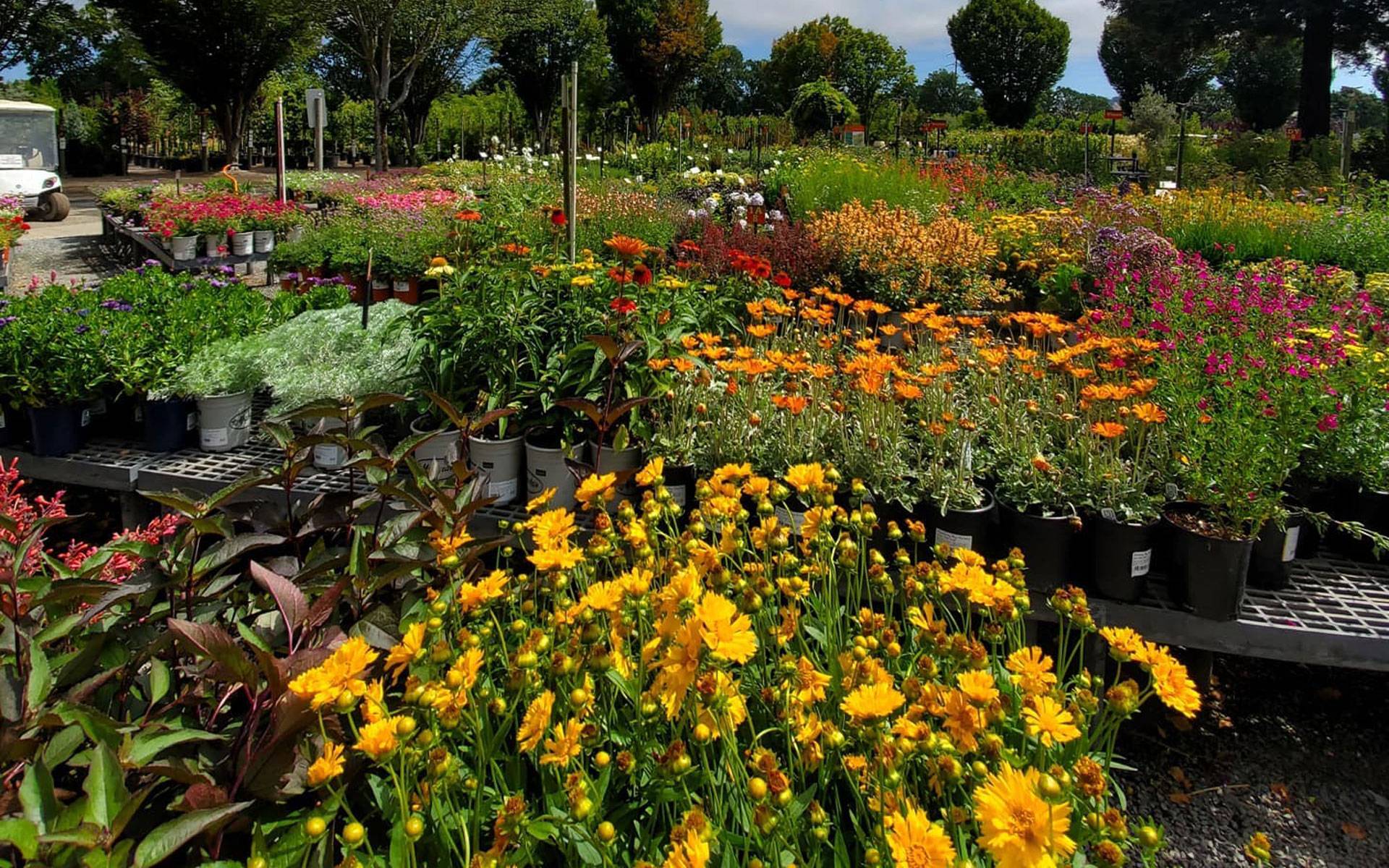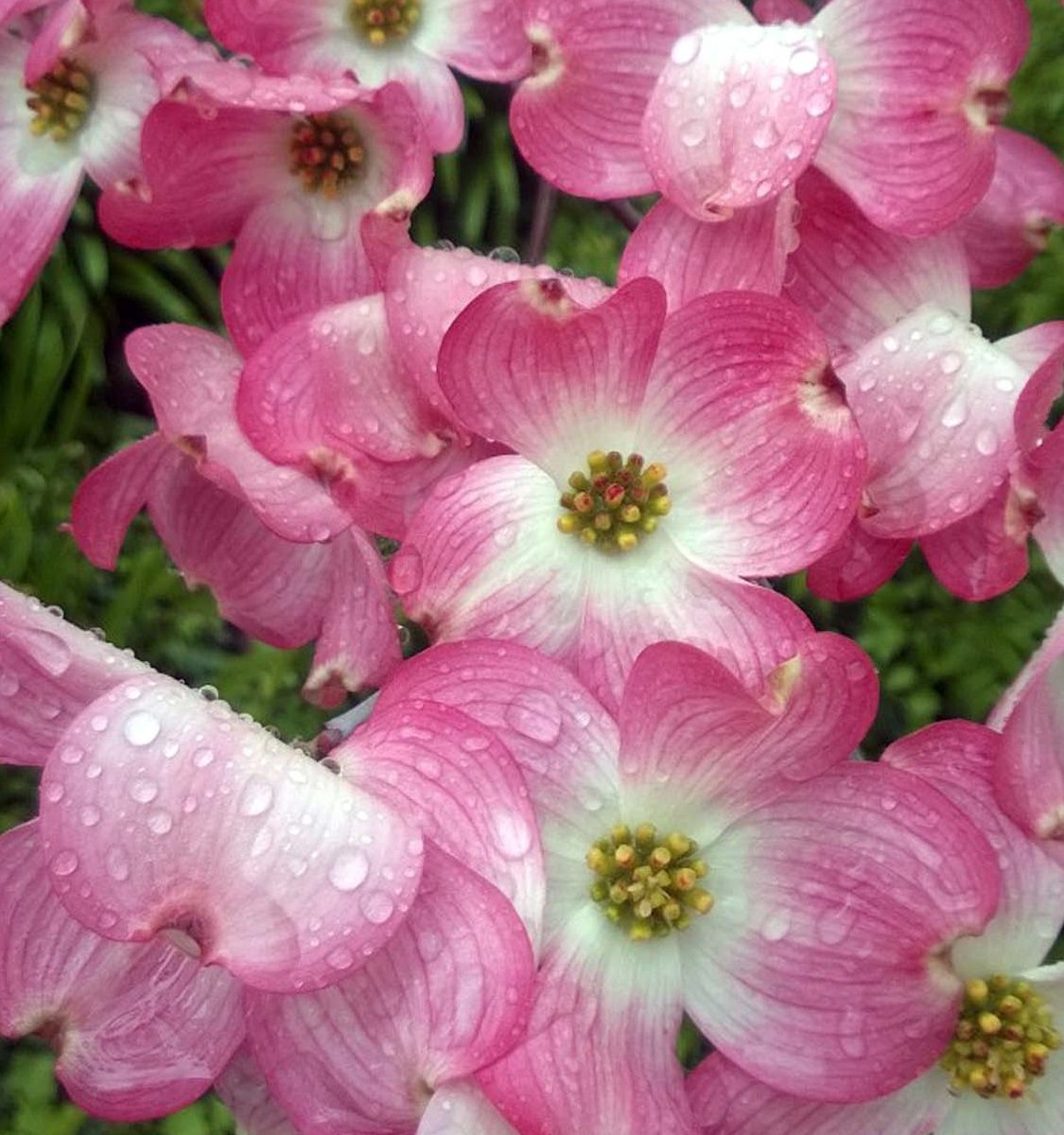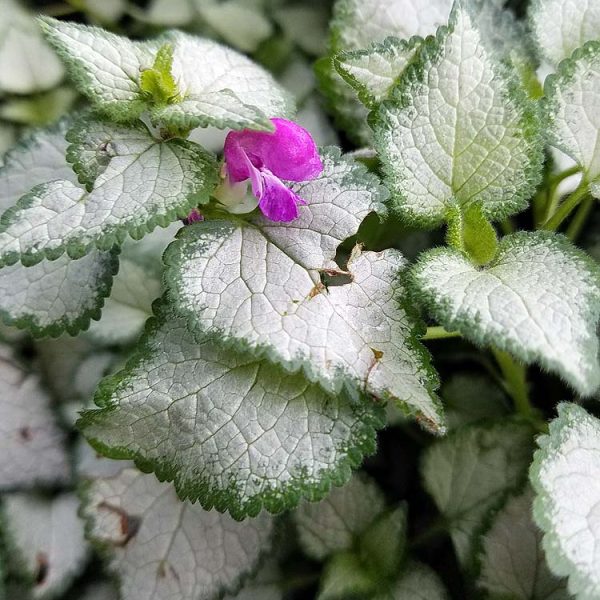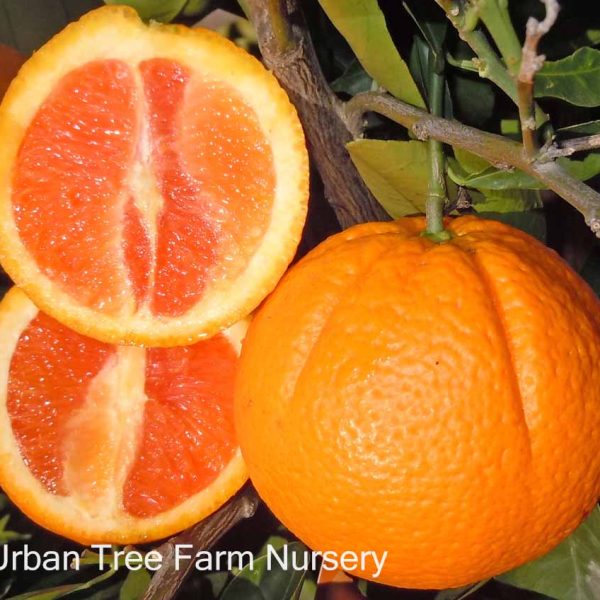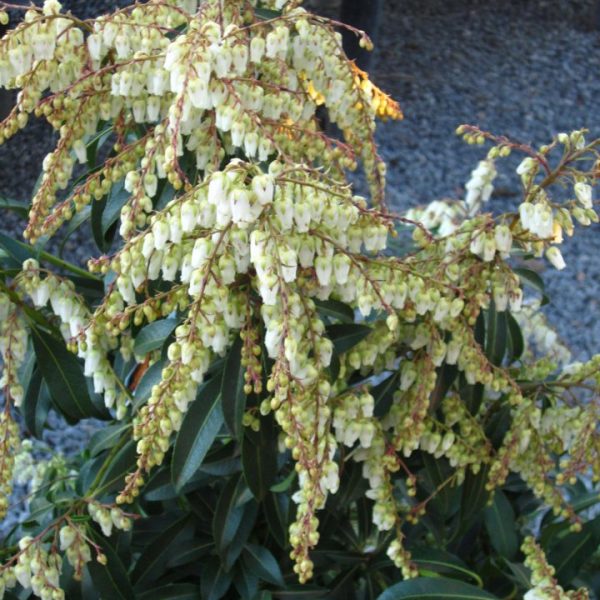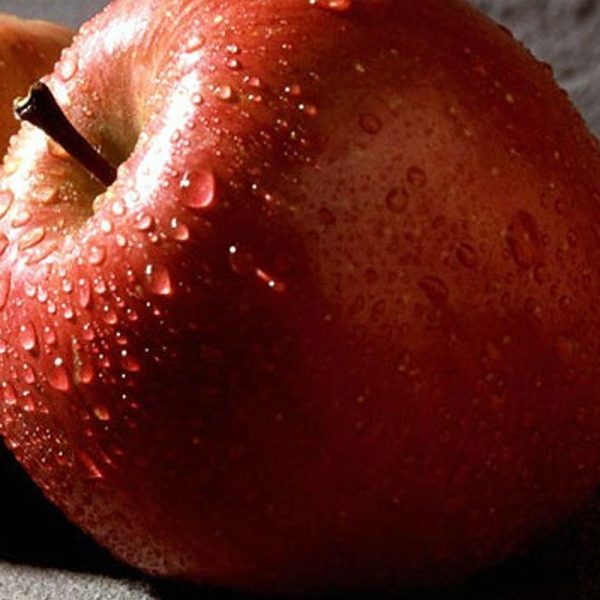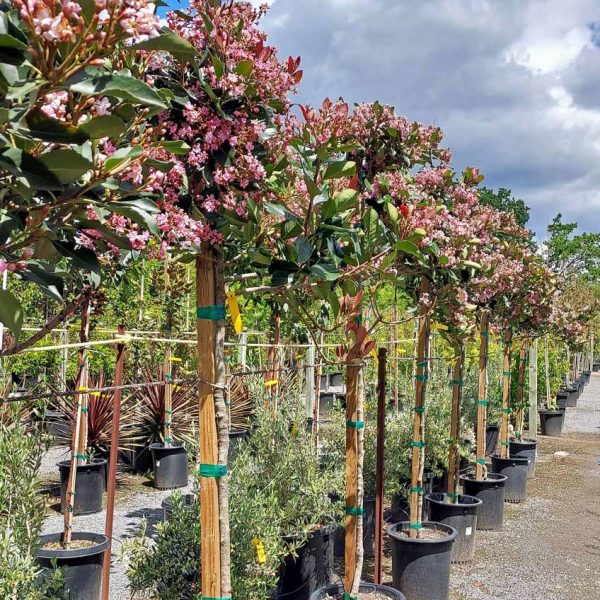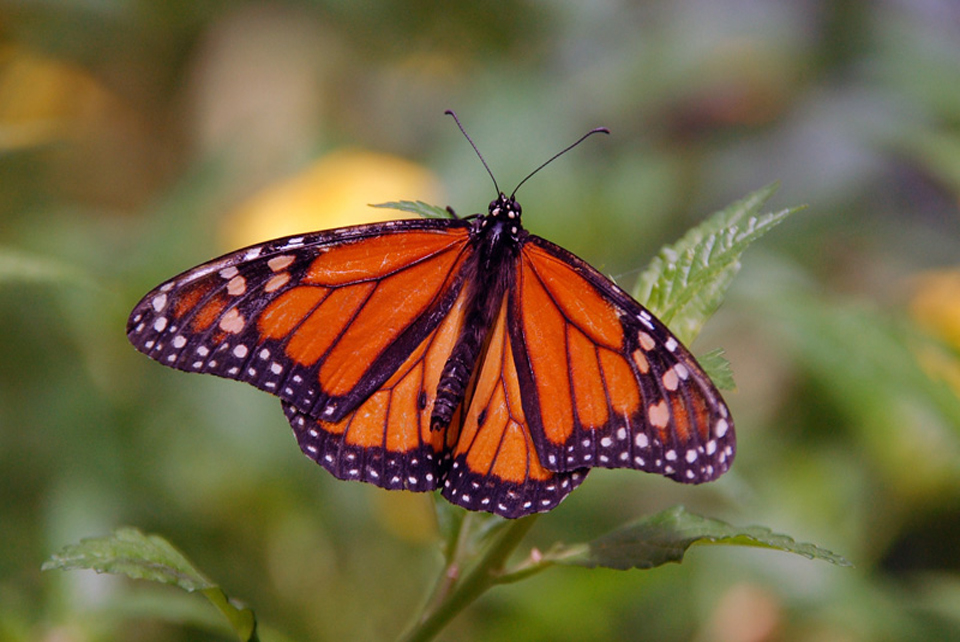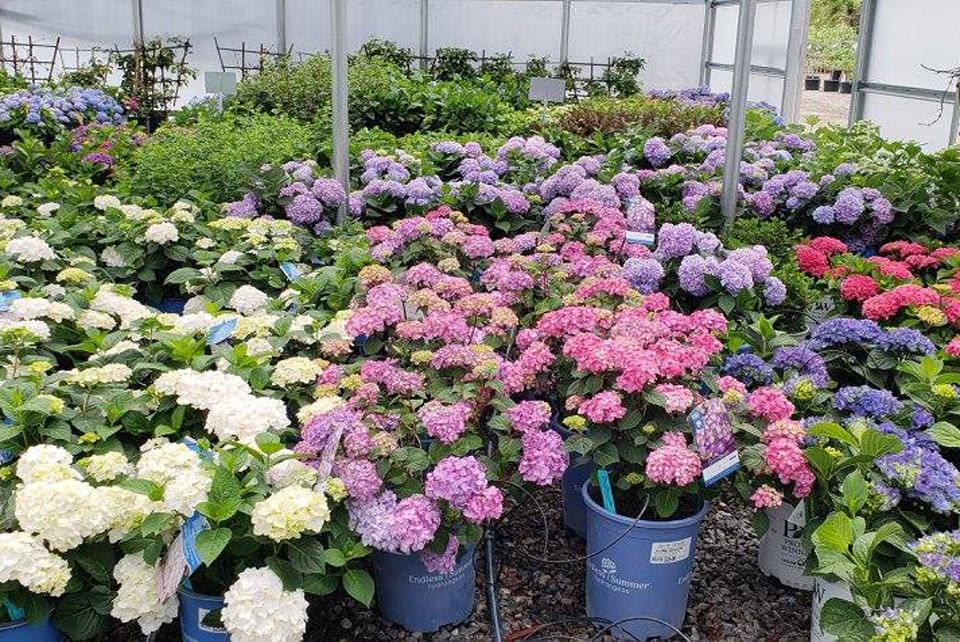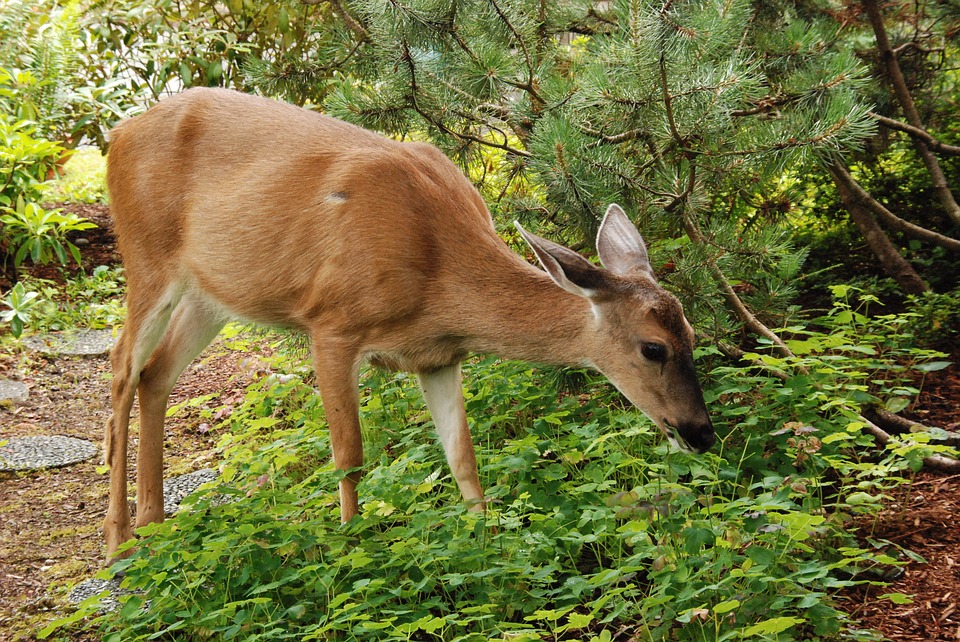Growing a fruit tree in Santa Rosa, CA or anywhere in the North Bay area is a relatively easy endeavor - provided you are armed with some basic information prior to planting your first fruit tree. Agricultural farming in and around Sonoma County dates back to the turn of the century, so planting an orchard in this region seems like a natural thing to do. Urban Tree Farm Nursery has gathered-up some useful information regarding the planting and care of fruit trees for you. So go ahead... read, learn, grab a fruit tree like the Fuyu Persimmon, plant and enjoy!
Browse Categories
- Home
- Availability
- Catalog
- Delivery Areas
- Recommendations
- Fruit Tree Help
Download our current container Fruit Tree availability list
Download our helpful Fruit & Nut Harvest Chart
- FAQ
- About
- Map
- Contact
Eco-Friendly Approch
We utilize electric powered carts on the farm.
California's Choice
For container grown trees, fruit, shrubs & more.
Customer Support
Our expert team is happy to help our valued customers.
FAQs
Answers the most common questions we receive.


